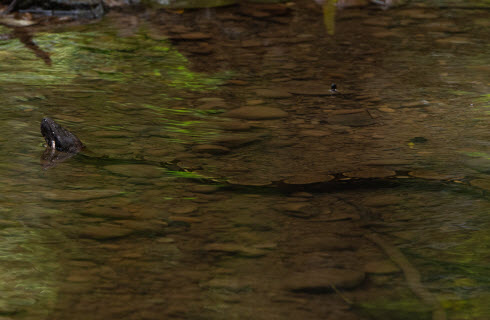Snakes
 Snakes play a very important role in the food chain and come in a fascinating variety of sizes, colors and characteristics. Costa Rica is home to 147 species of snakes but only 26 of those are venomous. With the University of Costa Rica supporting world-leading anti-venom research, the country has a human mortality rate of less than 2% from an average of 300 bites per year.
Snakes play a very important role in the food chain and come in a fascinating variety of sizes, colors and characteristics. Costa Rica is home to 147 species of snakes but only 26 of those are venomous. With the University of Costa Rica supporting world-leading anti-venom research, the country has a human mortality rate of less than 2% from an average of 300 bites per year.
A combination of negative media, myths and old wives’ tales have resulted in a general dislike for these beautiful creatures and we receive requests daily from the general public asking for our help in relocating snakes that have been found living a little too close for comfort to the caller - sometimes found curled up in their kitchen on nestled under a house. We occasionally also receive a call about a snake that has been attacked and injured by a human using a machete! Always remember - snakes are not aggressive, they are defensive. Respect their space!
A small number of these snakes are housed at the Center for a limited time before being released so that the local community and tourists alike can safely see for themselves these amazing animals up close while at the same time learning what to do should they encounter one.